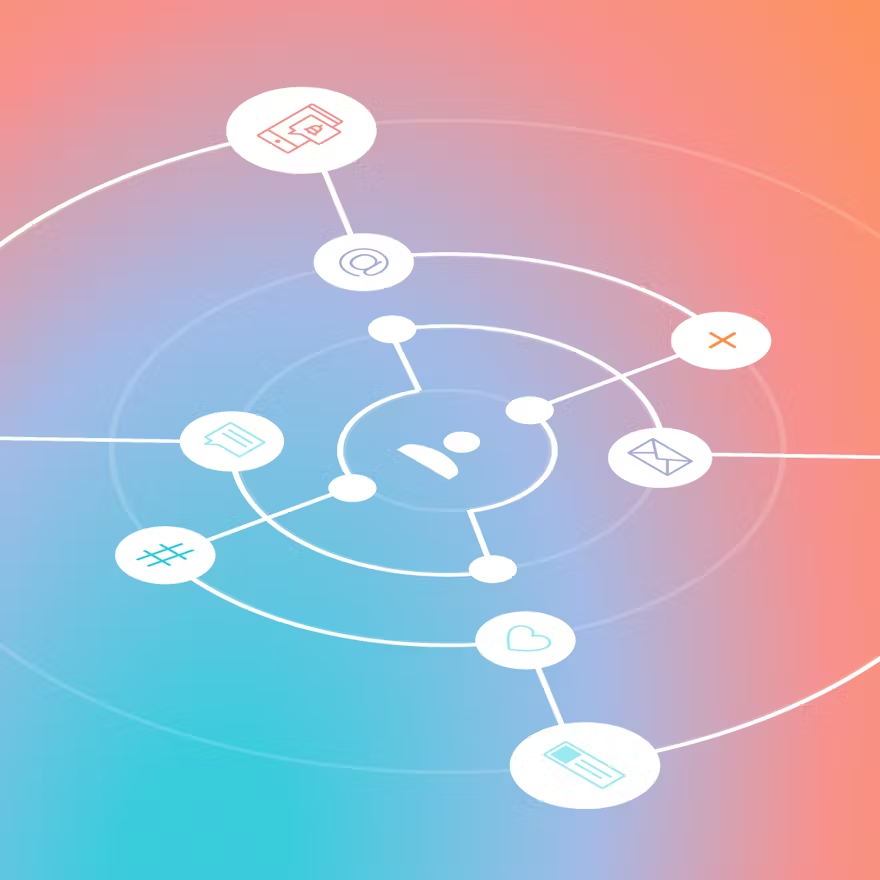Feature
The Evolution of Customer Engagement
From physical stores and loyalty-by-locality, to global competitive advantage
In the beginning…
First, there were shops. And banks. And restaurants. Physical locations that attracted local customers. Customer engagement meant managers and staff remembering their regulars and treating them well. Loyalty was driven by locality (and sometimes lack of choice). Necessary data collection rarely went beyond addresses for delivery.
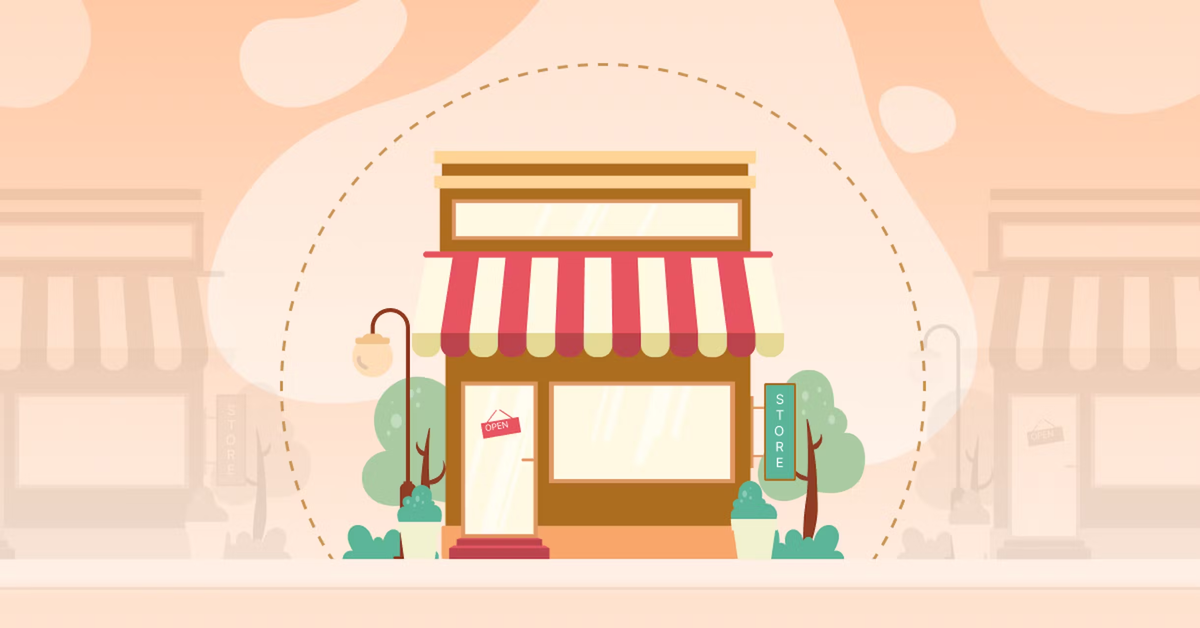
Customer Experience
Wholly offline customer experience. Physical shops, banks, restaurants, etc. The first department stores emerge in 1734 with shopping centers following in 1786. 1916 sees innovation as self-service is introduced for the first time. Supermarkets arrive in 1930 and discount stores in the 1940s.
Promotional Channels
Analog ads and physical promotion only. This includes billboards, press ads, and window displays.
Loyalty
Loyalty is mostly driven by locality, and lack of alternatives. Some price competition and discounting begin to emerge as shops proliferate. The first ‘loyalty program’ originates in the US in 1793 with the distribution of copper coins to redeem against future purchases. Betty Crocker introduces box-top coupons in 1929.
Data
Minimal data collection. Stores may have kept delivery addresses or noted down regular orders. Most likely handwritten on index cards or in a ledger.
Brand Technology
Minimal technology such as cash registers.
Consumer Technology
Little to no personal technology.
Personalization
1:1 customer service and relationships mean that interactions were highly personalized—but limited by the staff-to-customer ratio and simply not scalable.
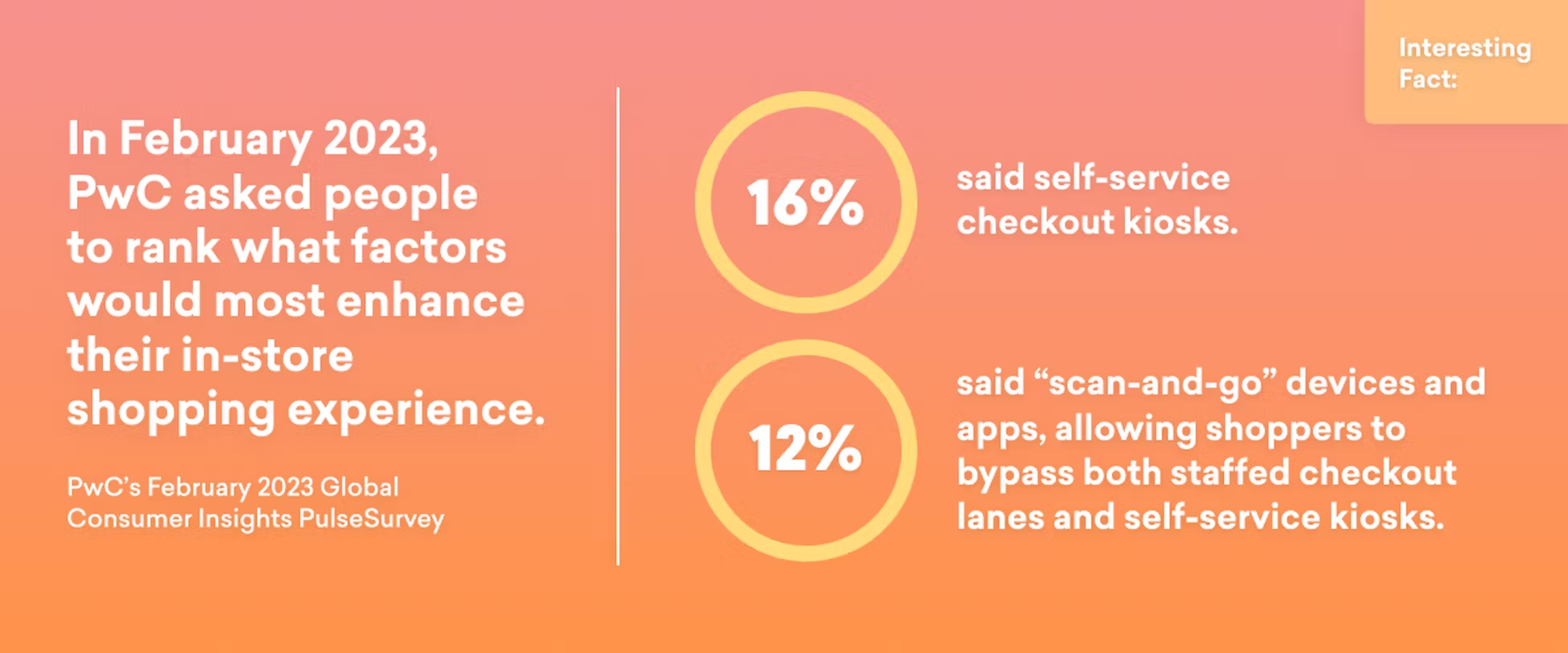
Then
Then came the digital era. Amazon and eBay gave birth to eCommerce. Apps appeared and platforms proliferated. Customers started to shop from multiple devices and across borders. Social media empowered customers to become influencers, advocates, and detractors at the same time. Shoppers got more choice and were empowered to shop around, inspiring brands to launch loyalty schemes in more competitive markets. And Big Data exploded, leaving some businesses struggling to make sense of it all…
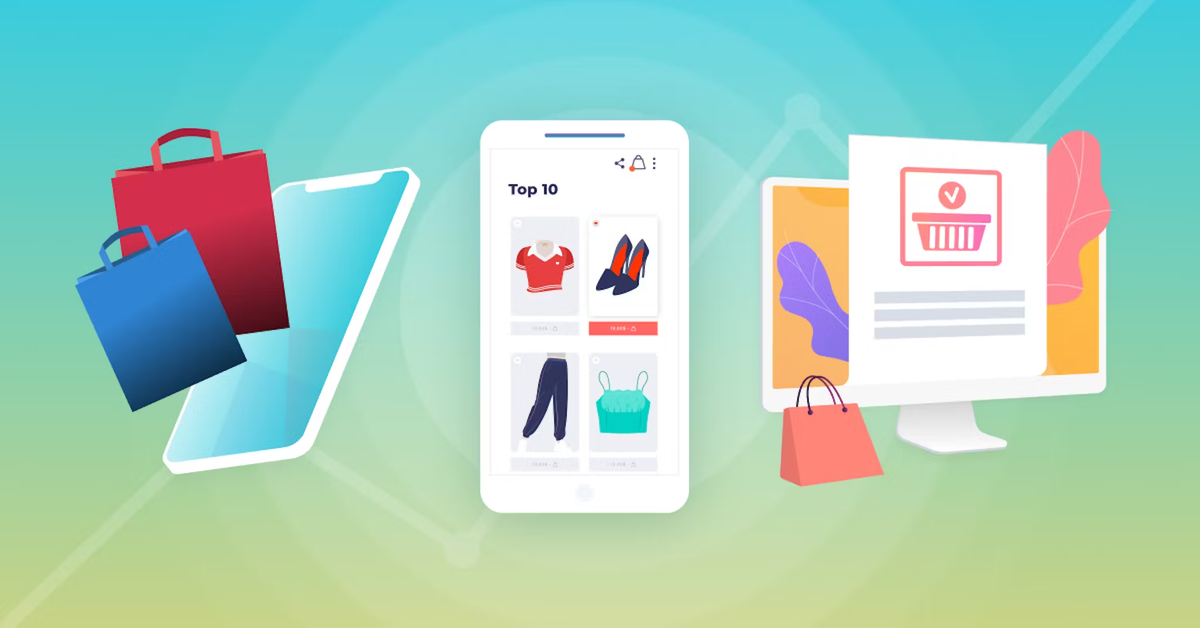
Customer Experience
Hybrid experience including physical and digital. Ecommerce emerges in the 1990s with Amazon (1994) and eBay (1995) leading the charge. The ability to shop online provides more choice for consumers, making brands work harder to keep their customers. Cross-border eCommerce takes competition global. New services emerge as physical and digital experiences blur, including click-and-collect, Buy Online Pick up In Store, and a significant increase in home delivery. Digital disruption originating in retail starts to drive higher customer expectations in other sectors as well.
Promotional Channels
TV advertising allows brands to blanket broadcast ads into our homes. Online advertising allows for greater segmentation of different audiences. Brands can target specific groups and reach individuals via multiple devices thanks to third-party cookies. Competition to be seen online grows, driving ad costs higher, and popularizing SEO/content marketing for organic visibility.
Loyalty
Loyalty schemes inspire brand fidelity and grow in popularity, for example, Green Shield Stamps in the UK (1958) and American Airlines’ Frequent Flyer Program (1981). Physical cards reward customer loyalty with perks and discounts starting in the mid-90s onwards. (Tesco Clubcard, Coles, Kroger, Flybuys etc).
Data
Brands can start to collect data on customer engagement such as loyalty cards and online interactions from emerging digital tools. Data from third-party cookies supplements brands' own data collection. Data is static (not real-time) and siloed (kept in separate systems). Campaigns remain single-channel, somewhat disjointed, and miss in-depth segmentation opportunities—limiting marketers to batch-and-blast type campaigns.
Brand Technology
Businesses increasingly rely on technology and digital transformation to gain a competitive advantage. From in-store tech like electronic point-of-sale (POS) systems and self-serve interactive screens, to back-end systems like Customer Relationship Management tools and Content Management Systems.
Consumer Technology
From the first TVs to smartphones in most pockets, this period is marked by rapid advances in personal technology. Internet-enabled and mobile devices provide new opportunities for brands to communicate directly with users. The first SMS is sent in 1992 while email becomes commonplace. Push notifications evolve over the 00s and 10s (from Blackberry email push in 2003 to Google web push in 2015).
Personalization
Segment-level personalization starts to become possible at scale, allowing brands to send out tailored messages to target audiences based on situational and behavioral data. This includes who they are, how they’ve interacted with you, or with similar brands. The seeds of today’s user-level personalization are sown…
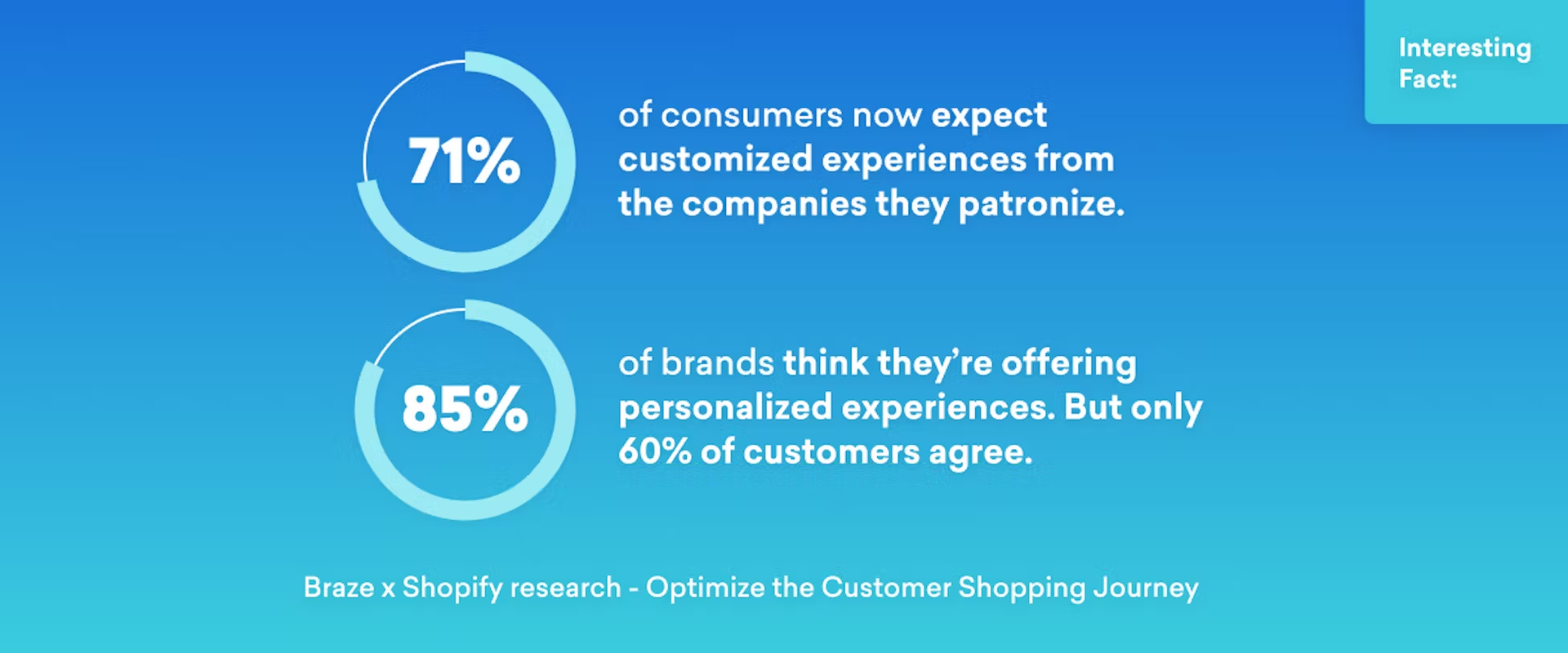
Now
Technological advancement accelerated society’s shift from physical to digital customer experiences. Modern life is characterized by omnichannel retail, apps for everything, and binge-watching on-demand TV. Elevated digital expectations and increasing online competition erode loyalty across industry sectors. Brands seek deeper engagement and direct relationships to retain customers.
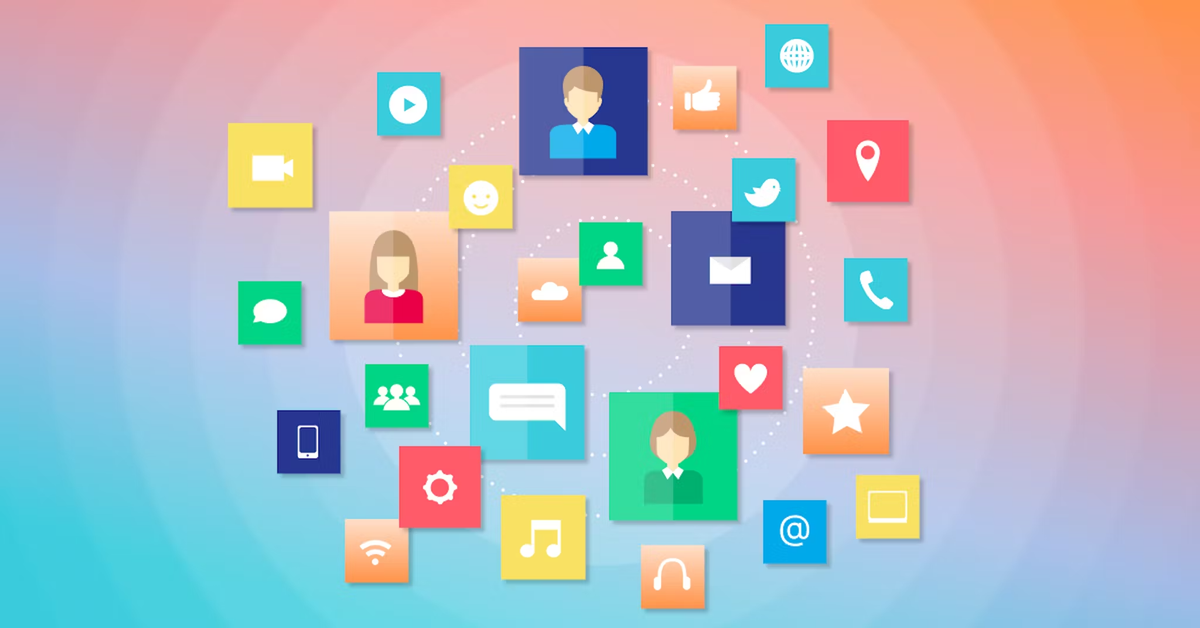
Customer Experience
Lines between physical and digital realms become blurred in an increasingly omnichannel environment. Customers try products in physical stores and then shop around online to find the best price. Retailers offer comprehensive all-digital alternatives to traditionally in-person experiences (like virtual make-up testers or digitally viewing furniture in-home). Customer-centric brands looking to meet expectations for convenience and customer service must show that they’ve got the memo from demanding audiences.
Promotional Channels
Between online and offline channels, customers have dozens of touchpoints with your brand. Cross-channel engagement is imperative, and delivering consistent, timely messages across every channel, optimized to engage and convert on every device is crucial. Enhanced data and brand tech enables marketers to replace batch-and-blast campaigns with more sophisticated audience segmentation.
Loyalty
The battle for customer loyalty is on. Apps have mostly replaced physical loyalty cards and brands seek to add value beyond price and perks. Personalized suggestions (from clothing to content) keep customers coming back for more. Savvy promotion of VIP memberships, exclusive offers, and gamification support retention goals. Embodying authentic ethics builds brand affinity among value-aligned audiences.
Data
Privacy rules and the withdrawal of third-party cookies leave brands looking for new data sources to drive the personalized experiences customers expect. Zero- and first-party data are poised to fill the gap, providing transactional and permission-based information that can inform campaigns. Customers willingly exchange data for more personalized services and perks. Data management improves, moving from separate silos to an integrated single source. Streaming real-time data replaces static, out-of-date data for more timely communication with customers that can be triggered by specific actions.
Brand Technology
Siloed systems are replaced with an integrated software ecosystem that supports data syncing and streaming. This creates a real-time single source of truth so all departments have a holistic 360-degree view of customers. Customer Engagement Platforms allow brands to create personalized cross-channel messaging campaigns at scale–making millions of customers feel like one-in-a-million.
Consumer Technology
Customers continue to engage with brands using a variety of devices–from phones and tablets, to smart TVs and watches. Multiple channels within both devices along with brand physical locations, SMS, MMS, push notifications, email, in-app messaging, etc., offer more ways to reach customers than ever.
Personalization
Integrated data combined with direct communication channels with individual customers allow for hyper-personalization. From content and product recommendations to support and customer service. Cross-channel messaging massively multiplies engagement, which can lead to higher revenue realization and longer customer lifetimes. Event-based and geo-targeted messaging reaches customers in the exact moment they’re ready to buy.
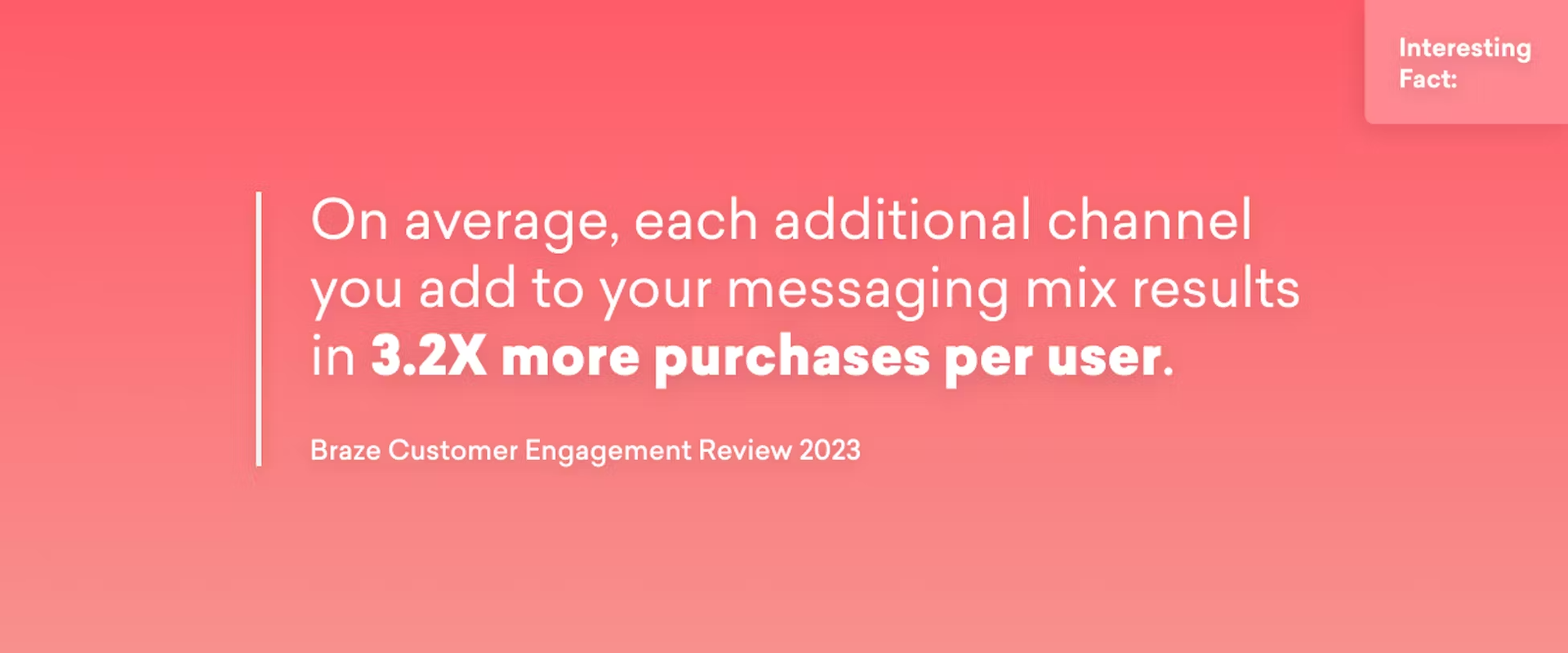
Next
The metaverse, retailment, Internet of Things, price personalization, voice search, AR customer service, truly intelligent chatbots… our crystal ball is buzzing with opportunities for the next five years. The question is are you living in the past? Or thriving in the here and now—and looking to the future?
Keep Up with the Latest Developments
Subscribe to receive content just like you've experienced today, plus event invites, newsletters, and more. Straight to your inbox.
